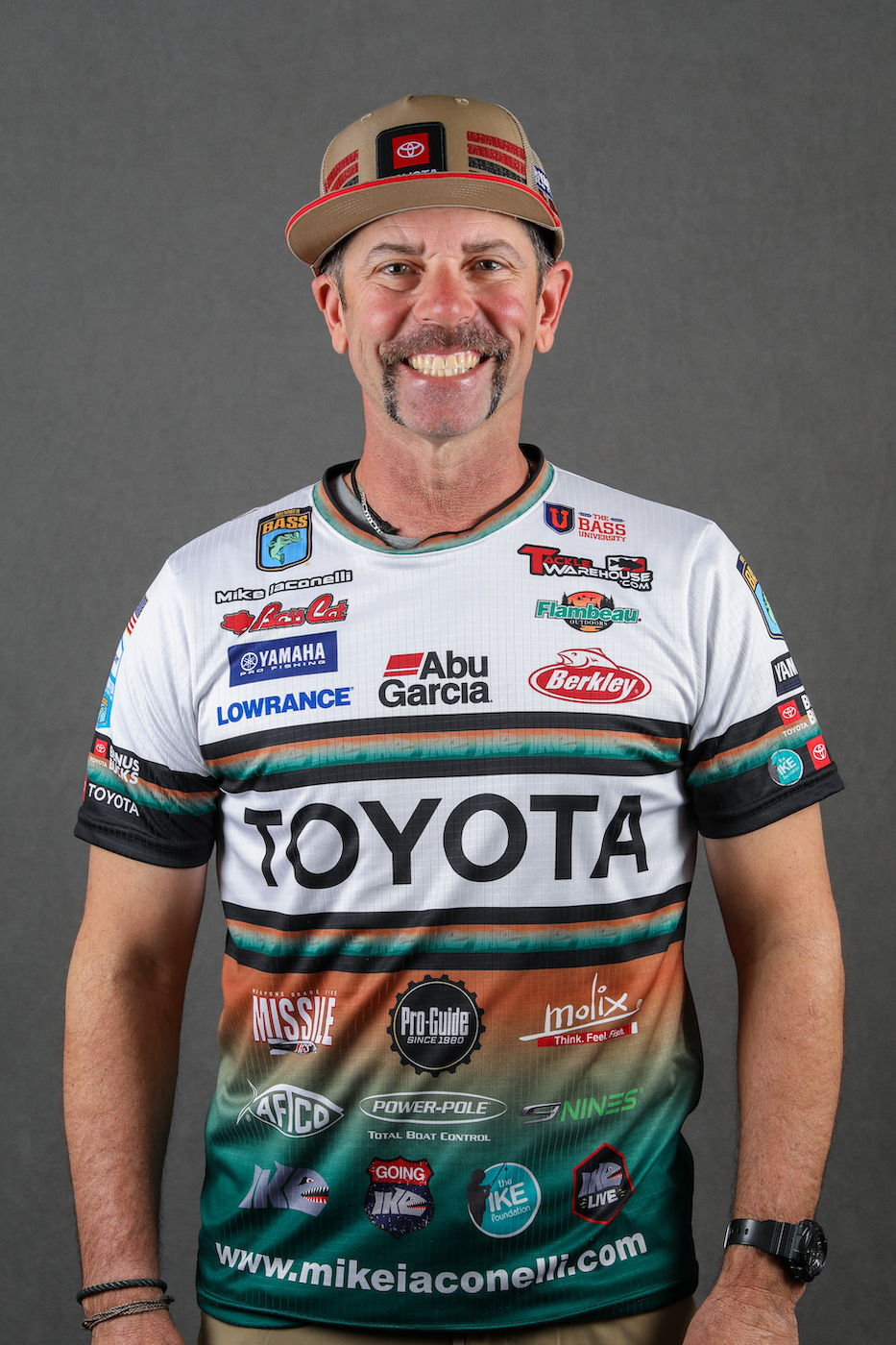By the last day of practice, I had my specific spots marked in the island area. I knew where the fish were and I was pretty sure I knew how to catch them. The thing was, though, that I had to make a plan as to which spots to fish… and in what order.
I started by making a list of them according to how good they were, or at least how good I thought they’d be during competition. That wasn’t all that hard but it did take some time. Then, I had to decide which ones to fish. I knew I couldn’t fish them all. There wouldn’t be enough time.
At first you might think that picking which ones to fish would be a no-brainer. You fish the best ones, right? Not really. I found several of the places using maps and my Lowrance units. Everybody and their brother has that stuff. I knew that a lot of the places were places that everybody knew about. Navionics chips aren’t exactly top secret items.
On top of that, you have the Lake Erie situation. What I mean by that is that this is an Open. There are a lot of anglers competing in it. Some of them are very familiar with the water and how to fish it. By any definition, they would be considered top bass anglers.
As a practical matter that means that if something is easy to find it’s probably not what you should be fishing if you’re looking for a win. You need spots that the other guys don’t know about. The last thing you need is to make a long run in rough weather only to find two other boats fishing “your” rockpile.
And so, I culled three or four spots that were really good but that were obvious to anyone doing his homework. That left me with seven or eight. I made a final decision as to the order I’d fish them in and went to bed confident that I’d done everything I could to get ready.
At this point, I’d like to say something about how I prefished those spots. Mostly, I fished them with a drop shot rig using Havoc plastic baits. I know Havoc baits would normally be considered a little big for a drop shot but this is Lake Erie and I was looking for tournament winning weights.
I changed baits and colors constantly during practice. I wanted every advantage I could get. And I found my big fish on top of my structure points by carefully tuning my electronics and checking out every inch of the structure in, around and on top of it.
There’s almost no way I can tell you how important my Lowrance StructureScan was when I did this. I was able to see everything that was down there as far as the structure was concerned. It also let me see the fish and how they were positioned as well as how they were reacting. That helped me develop patterns and it helped me eliminate patterns. I’m not sure I would have won without it.
Next time we’ll talk about the tournament itself.Mike Iaconelli’s column appears weekly on Bassmaster.com. You can also find him on Facebook and Twitter or visit his website, MikeIaconelli.com.





